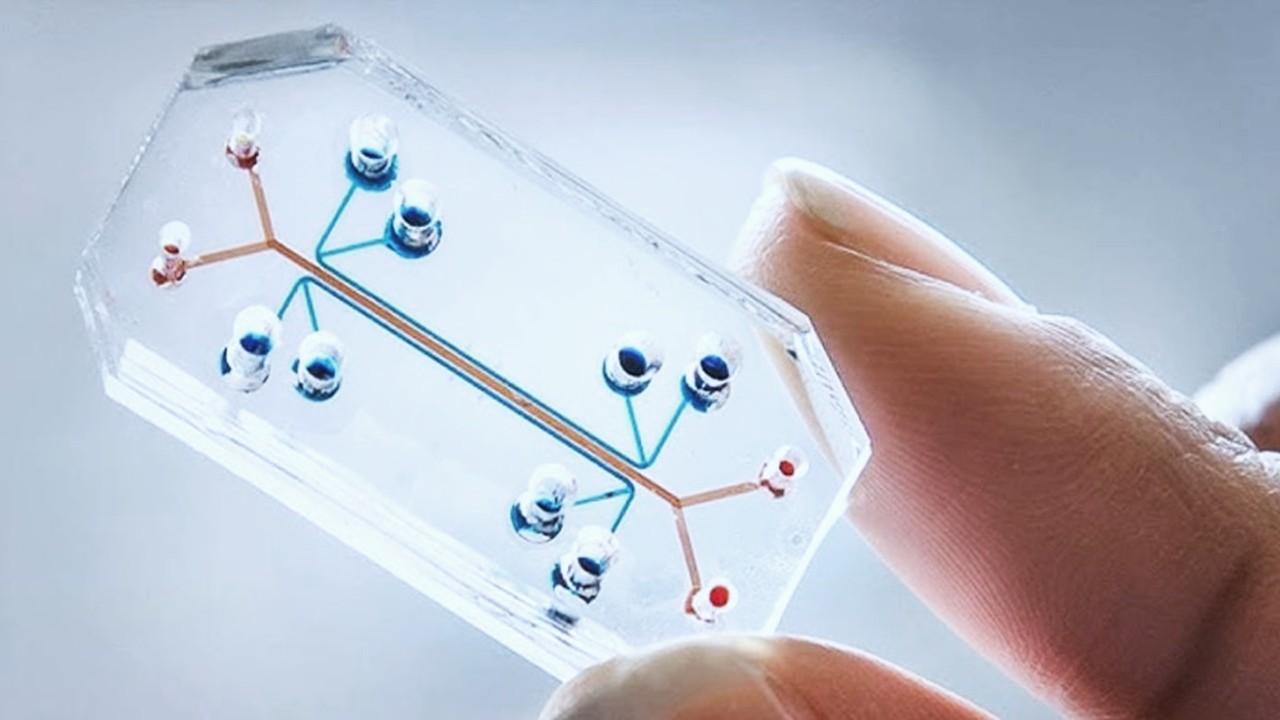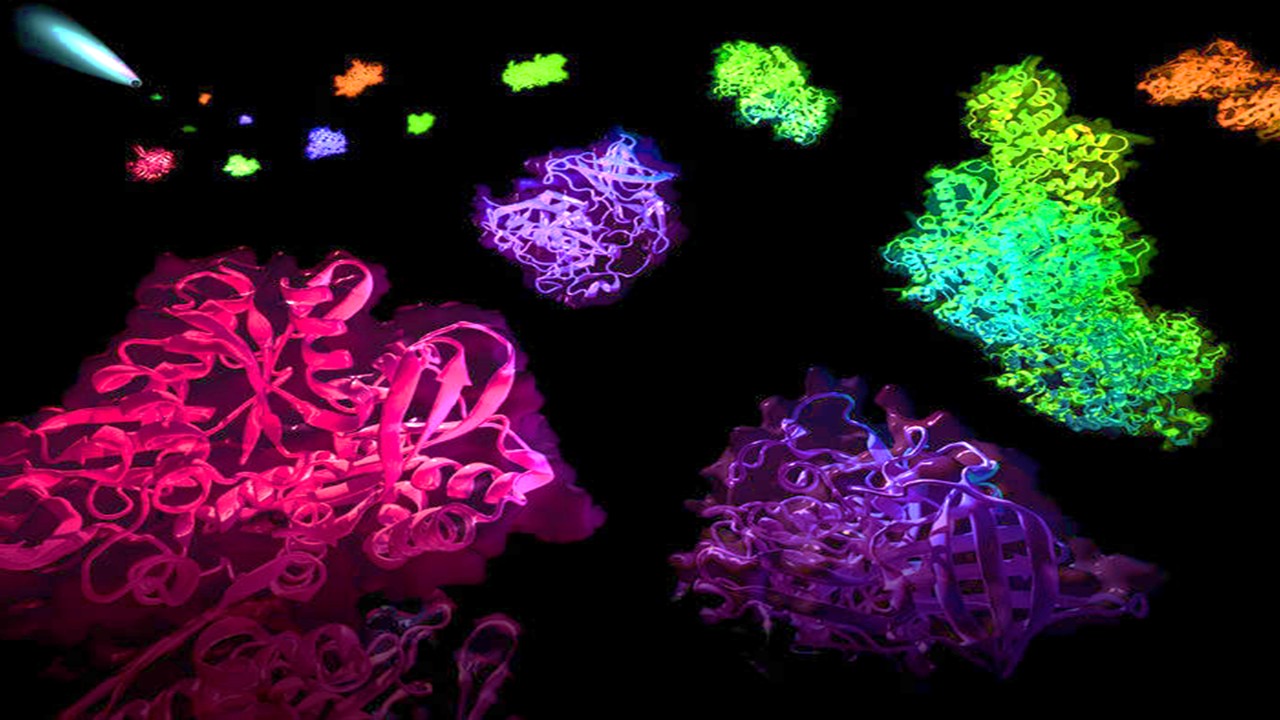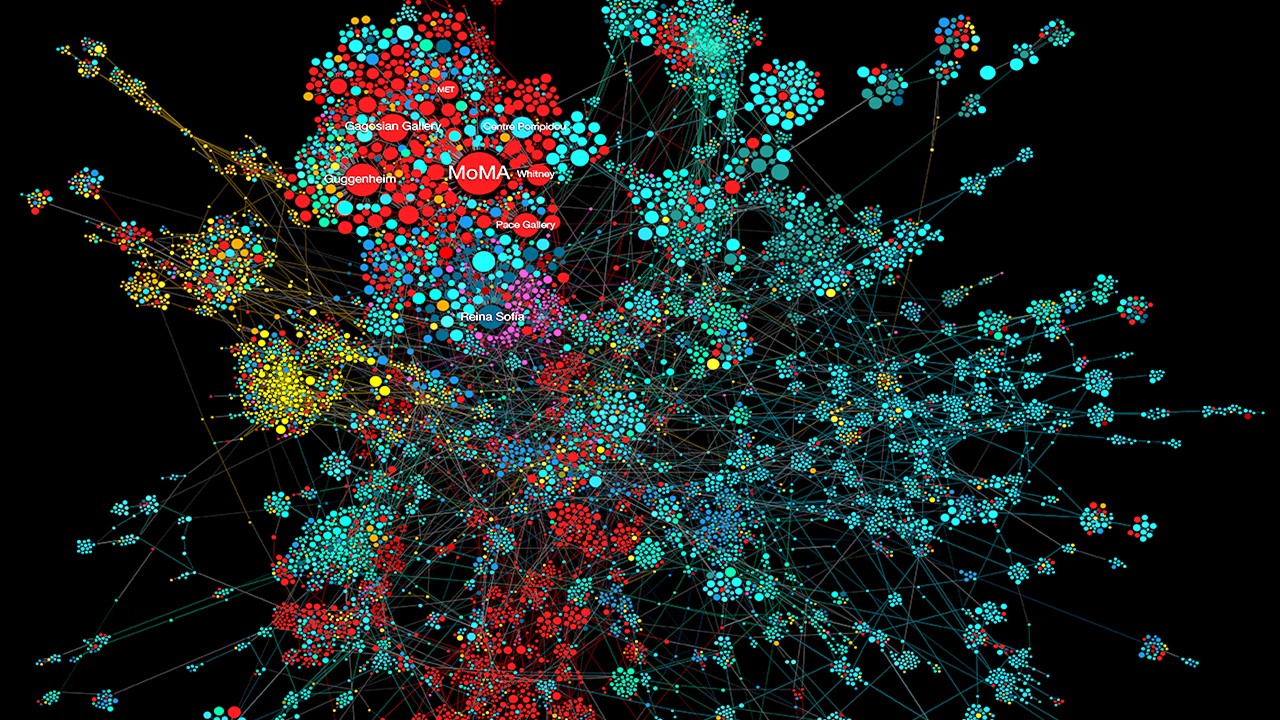In the history of biology and pharmacology, genetics has always been a critical key to unlocking mysteries of biological function. Traditional or forward genetics, a term many scientists are familiar with, relies on inducing phenotypes under specific conditions to track down the responsible genes. This method provides a bottom-up approach, moving from observable effects to molecular origins. It paved the way for significant insights into how genetic sequences impact protein functions. However, the advent of modern molecular biology has introduced a more surgical approach known as reverse genetics. In reverse genetics, scientists begin by manipulating a specific gene—whether by deletion, mutation, or silencing—and then observe what biological disruptions occur. It’s akin to removing one cog in a machine to understand its role by observing how the system falters.
This shift from classical to molecular genetics allowed researchers to pinpoint genes with incredible precision, using technologies such as RNA interference (RNAi) to disrupt specific genetic sequences and observe the resulting phenotypic changes. This approach streamlined the study of gene function and reshaped the landscape of drug discovery.
From Genetics to Chemical Genetics: Expanding Horizons
Interestingly, the methodologies used in genetics laid the groundwork for how researchers now explore small molecules and their effects on biological systems. Much like geneticists identify genes through forward or reverse genetics, chemists can adopt similar frameworks with small molecules in a field known as chemical genetics. In the realm of drug discovery, chemical genetics splits into two fundamental approaches: reverse chemical genetics and forward chemical genetics.
In reverse chemical genetics, researchers start by selecting a known protein target. They typically purify the protein before exposing it to small molecules, hoping to uncover modulators—either inhibitors or binders—that interact with it. This process mirrors reverse genetics, where manipulation of a specific gene precedes phenotypic observation. The challenge here lies in validating the relevance of the protein target. Proving that the protein influences a particular disease or pathway is a time-consuming and labor-intensive process. However, once validated, compounds that bind to this protein can serve as potential drug candidates, ushering in new avenues for therapeutic intervention.
Conversely, forward chemical genetics flips this process. Rather than isolating a specific protein, researchers test small molecules for their effects on whole biological systems, whether in cells, tissues, or even entire organisms. This unbiased approach offers a distinct advantage: it allows scientists to identify novel drug targets without preconceived notions about the biological pathways involved. Phenotypic screens have revealed critical therapeutic pathways, such as the discovery of FKBP12 and mTOR through the actions of cyclosporine A and FK506. These breakthroughs highlight how forward chemical genetics can shine a light on previously unknown cellular interactions, facilitating the discovery of new therapeutic targets.
Navigating the Complexities of Drug Target Identification
While forward chemical genetics provides an exciting pathway for discovering new drug candidates, it comes with its own set of challenges. Identifying the molecular targets of bioactive small molecules is often a painstaking process. Many drugs, although designed to interact with a single target, frequently bind to multiple proteins. These so-called “off-target” effects can lead to unwanted side effects, complicating the drug development process. Even in carefully controlled cell culture experiments, phenotypic changes may result from the compound’s interaction with more than one protein.
To refine drug development, understanding both the intended therapeutic target and any unintended off-target proteins is crucial. Target identification helps medicinal chemists optimize small molecules, improving their selectivity and minimizing undesirable effects. But in certain cases, drugs with multiple targets—those that exhibit polypharmacology—may offer a strategic advantage. By intentionally modulating multiple proteins, a drug can achieve a broader or more potent therapeutic effect, particularly in diseases where multiple pathways contribute to pathology.
The Science of Direct Biochemical Target Discovery
One of the most direct methods to identify protein targets of small molecules is biochemical affinity purification. This technique involves purifying proteins that bind specifically to a compound of interest, offering a clear window into the molecular mechanisms underpinning a small molecule’s activity. By isolating the physical interactions between a compound and its protein targets, researchers can uncover the pathways through which the molecule exerts its biological effects. This approach is particularly useful in understanding the mechanisms of drug efficacy or toxicity, as the physical interaction reveals a direct link to human disease.
However, affinity purification comes with its own set of challenges. Stringent washing steps can eliminate low-affinity interactions, narrowing the scope to only the most robust protein binders. While this method may successfully identify high-affinity targets, it risks missing other relevant interactions—particularly protein complexes that might reveal a deeper understanding of the compound’s biological effects.
Moreover, preparing small molecules to remain active while immobilized on a solid support presents an additional hurdle. If a compound loses its cellular activity during immobilization, the purification process will fail to capture its true targets. Even more challenging is the creation of appropriate controls—either inactive analogs or capped beads—which ensure that only relevant proteins bind to the compound during purification. Yet these controls can be tricky to design, as inactive compounds may have vastly different chemical properties, leading to unpredictable interactions.
Innovations in Affinity-Based Methods: Cross-Linking and Proteomics
To overcome some of these technical hurdles, newer methods have emerged that improve the capture of low-affinity and low-abundance proteins. For instance, chemical cross-linking or photoaffinity labeling uses covalent bonds to “lock in” the interaction between a small molecule and its protein target, increasing the likelihood of capturing more elusive interactions. While these techniques enhance sensitivity, they still carry the risk of high background noise due to nonspecific cross-linking, complicating the data interpretation process.
Mass spectrometry (MS) and quantitative proteomics have revolutionized affinity-based methods. These tools offer unprecedented sensitivity, enabling researchers to map the entire landscape of protein-small molecule interactions. By combining affinity purification with MS, scientists can pinpoint specific targets with remarkable precision. Techniques such as stable-isotope labeling and isotope-coded affinity tags (ICAT) allow for relative and absolute quantification of protein targets, making it possible to assess the impact of small molecules across different biological conditions.
The Path Forward: Integrating Techniques for Enhanced Discovery
As the field of chemical genetics continues to evolve, integrating various techniques is becoming paramount. Biochemical affinity methods, mass spectrometry, proteomics, and computational approaches must be used in concert to overcome the limitations of each individual method. This integrated approach will enhance target identification, accelerate drug discovery, and ultimately, bring more effective therapies to the clinic.
For example, quantitative proteomics combined with affinity purification has already proven effective in characterizing protein complexes and identifying key molecular targets. Meanwhile, profiling small molecules against panels of enzymes allows for a more targeted approach, reducing the need for bias-free methods that might otherwise yield ambiguous results. As software and analytical techniques advance, researchers will gain more robust tools for prioritizing experimental targets, enabling a more streamlined approach to drug discovery.
A Future Rooted in Flexibility and Innovation
The study of small molecules through chemical genetics provides a flexible, powerful approach to drug discovery. While reverse chemical genetics offers precision and targeted intervention, forward chemical genetics opens new doors for uncovering novel biological targets. Both methods come with inherent complexities, but recent innovations in affinity purification, mass spectrometry, and quantitative proteomics promise to overcome these challenges.
In this rapidly evolving field, the key to future breakthroughs will lie in a researcher’s ability to integrate multiple techniques. By harnessing the full spectrum of available tools, we stand on the cusp of significant advancements in understanding and manipulating the biochemical pathways that underlie human health and disease. The future of drug discovery is not just about finding new compounds—it’s about understanding their complete story, from interaction to effect.
Engr. Dex Marco Tiu Guibelondo, B.Sc. Pharm, R.Ph., B.Sc. CpE
Editor-in-Chief, PharmaFEATURES

Subscribe
to get our
LATEST NEWS
Related Posts
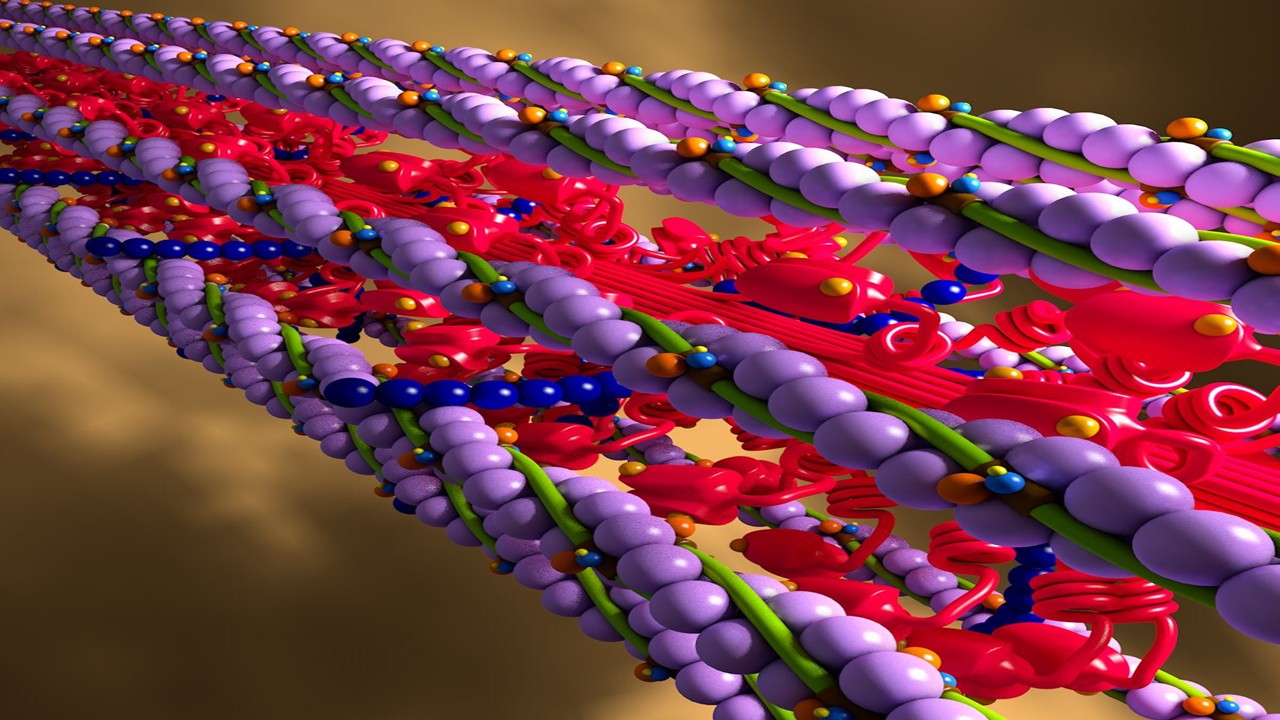
Molecular Biology & Biotechnology
Myosin’s Molecular Toggle: How Dimerization of the Globular Tail Domain Controls the Motor Function of Myo5a
Myo5a exists in either an inhibited, triangulated rest or an extended, motile activation, each conformation dictated by the interplay between the GTD and its surroundings.
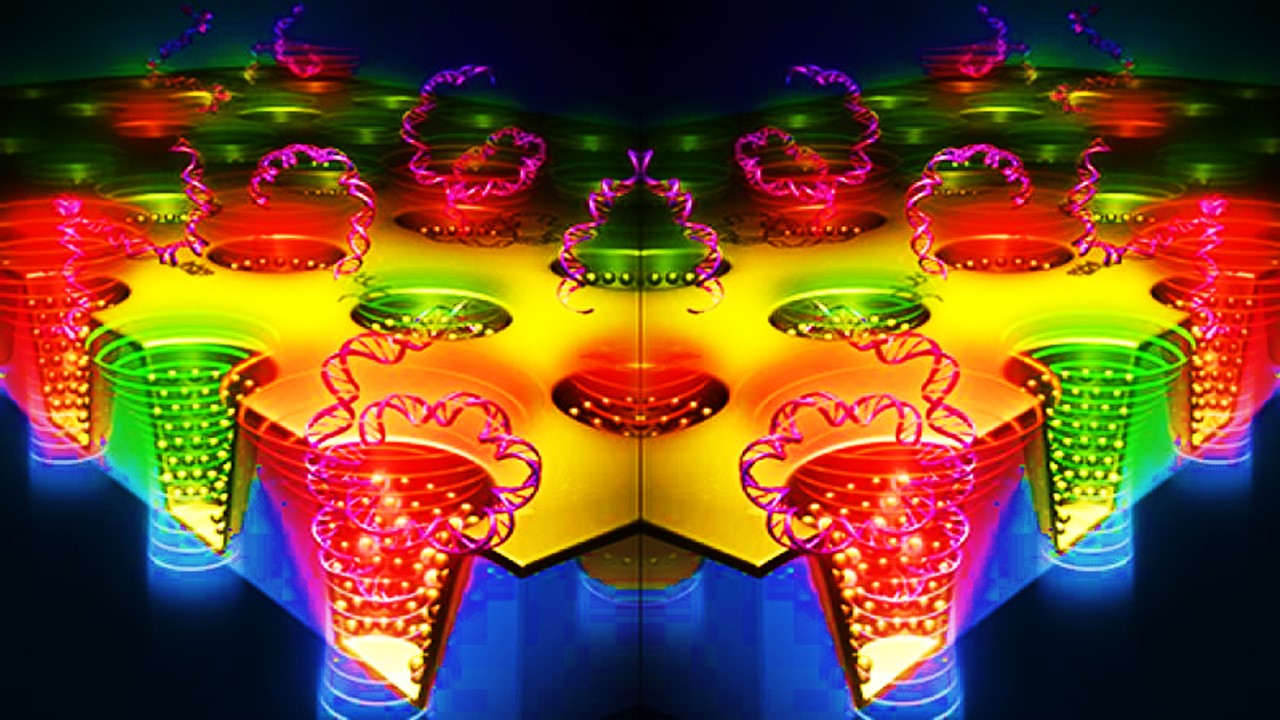
Drug Discovery Biology
Unlocking GPCR Mysteries: How Surface Plasmon Resonance Fragment Screening Revolutionizes Drug Discovery for Membrane Proteins
Surface plasmon resonance has emerged as a cornerstone of fragment-based drug discovery, particularly for GPCRs.
Read More Articles
Designing Better Sugar Stoppers: Engineering Selective α-Glucosidase Inhibitors via Fragment-Based Dynamic Chemistry
One of the most pressing challenges in anti-diabetic therapy is reducing the unpleasant and often debilitating gastrointestinal side effects that accompany α-amylase inhibition.






